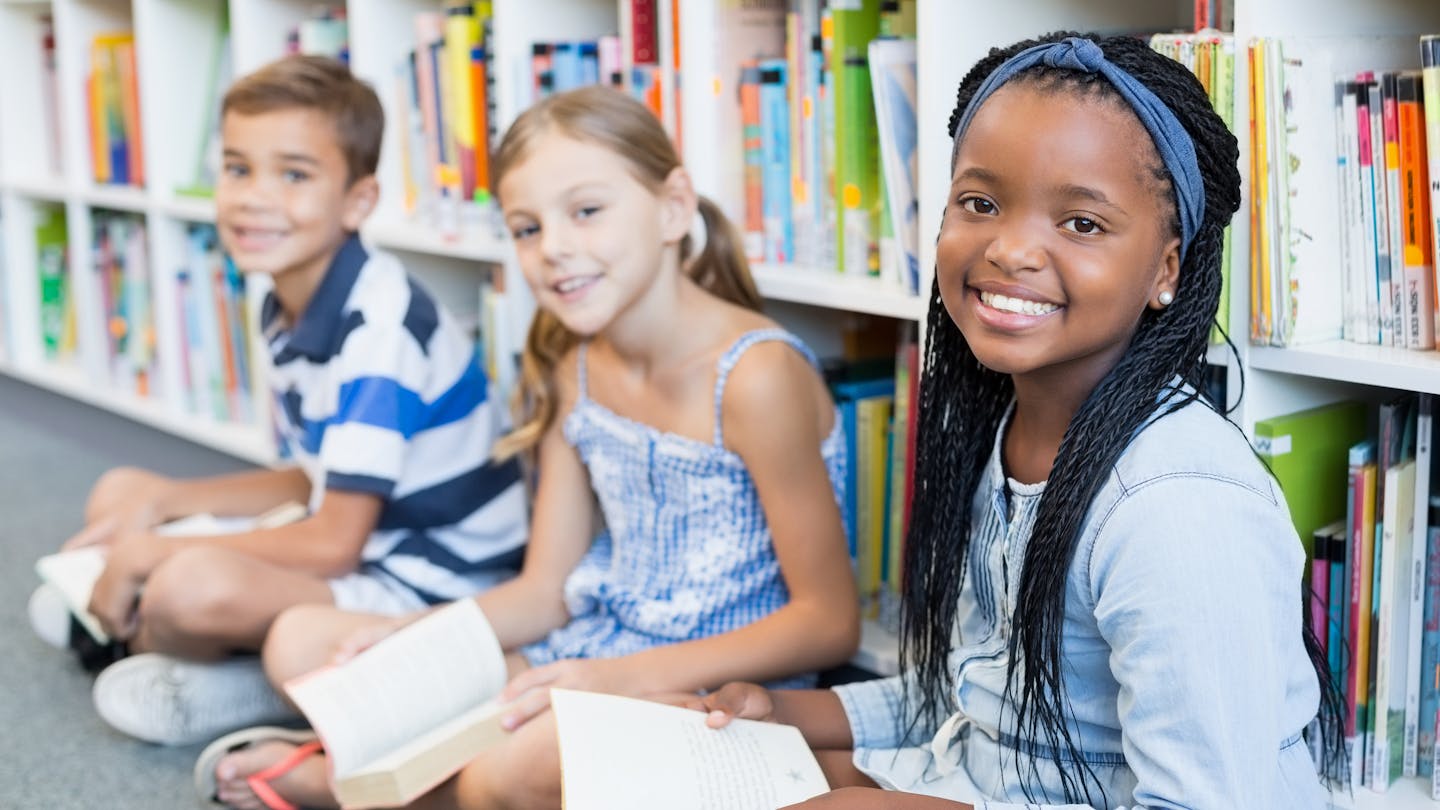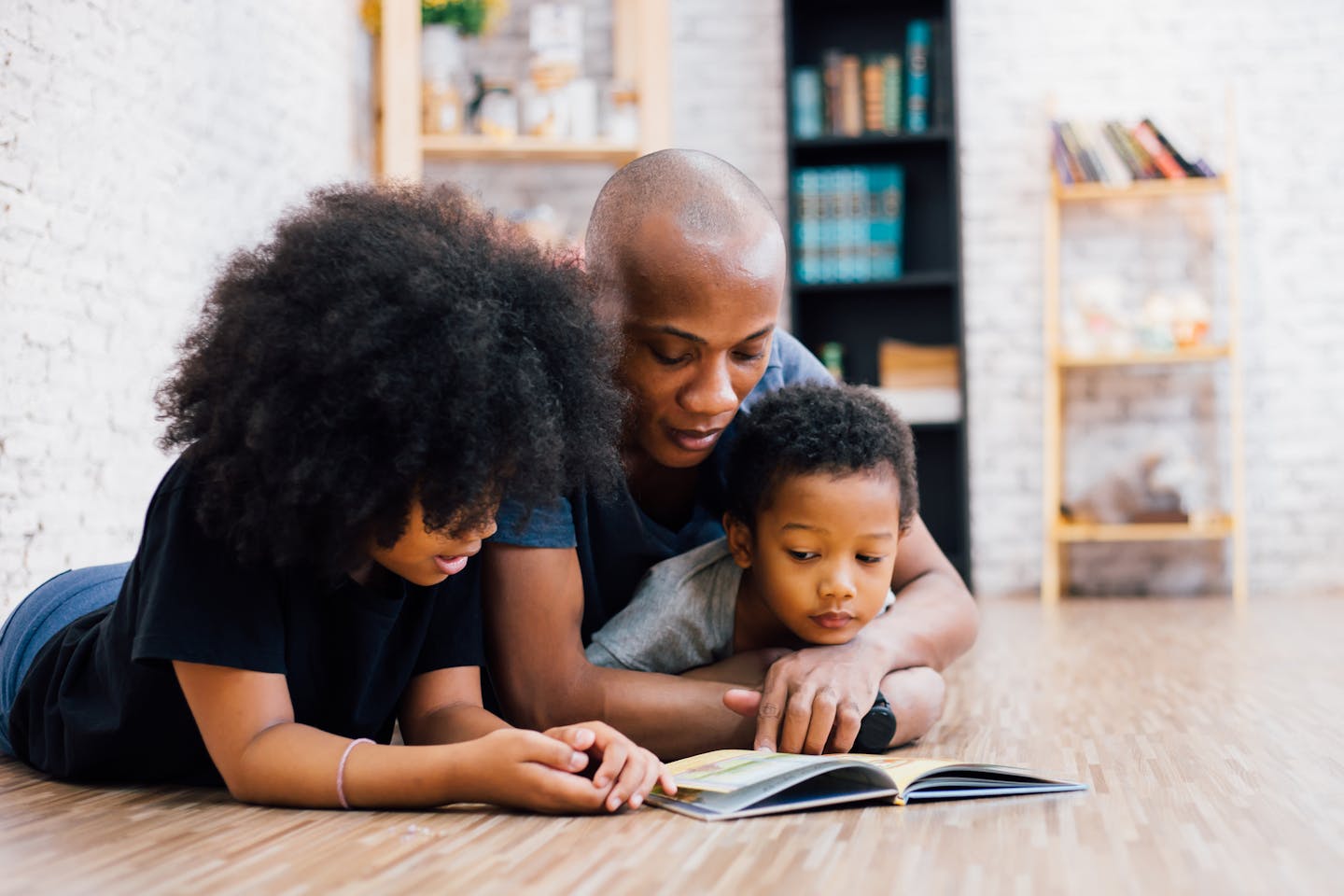
Research by charity End Sexism in Schools has found that over half of history lessons delivered to children aged 11 to 14 in England feature no women at all. With the government set to allocate funding to boost the provision of school libraries, here are some books – for a range of ages – to open young eyes to women’s lives, experiences and marginalisation in our past.
Books that strike a balance between being age appropriate, featuring rich, well-researched context and capturing the attention are top of my list. If they focus on lesser-known women in history, all the better.
For primary school children, biographical collections dominate the field. Take Kate Pankhurst’s Fantastically Great Women Who Changed the World. This book introduces young historians to a host of inspiring women from different ethnicities and backgrounds, while carefully setting out the circumstances and barriers that each woman faced in her time and place. The cartoon illustrations and accessible format of the text are a sure-fire classroom pleaser.
Kay Woodward’s What Would She Do? Advice from Iconic Women in History does a similar job for children aged around nine upwards, but with an added participatory element. It presents readers with the real-life dilemmas that the iconic women faced and encourages empathetic problem solving – what would she do? It also underscores the importance of resilience.
Vashti Harrison’s Little Leaders. Bold Women in Black History is an excellent choice. Meanwhile Rachel Ignotofsky’s Women in Science introduces young readers to women of diverse backgrounds, from antiquity to the 20th century, who have made their mark in maths, science and technology.

Along with the books compiling sketches of notable women’s lives, there are growing numbers of detailed biographies for primary school children that illuminate women’s place in the past. In the mainstream, there’s the Little People, Big Dreams series. My favourites feature architect Zaha Hadid, singer Aretha Franklin and artist Louise Bourgeois.
Particularly engaging historical biographies for children include Counting on Katherine, the story of Katherine Johnson, an African-American mathematician whose orbital calculations were instrumental in early US space missions. Kathleen Krull’s inspirational story of American lawyer and Supreme Court justice Ruth Bader Ginsburg also deserves a mention, along with Haydn Kaye’s book on the British suffragist pioneer Emmeline Pankhurst.
Women’s rights
My own research includes a focus on early 20th-century feminist activism. I’ve read Kay Barnham’s Women’s Rights and Suffrage with my six year old. It examines women’s historical legal status and political resistance from a global perspective. Then there’s David Roberts’ beautifully illustrated Suffragette: The Battle for Equality and Susan Campbell Bartoletti’s How Women Won the Vote. These books document the key ideologies and objectives of Edwardian British suffragism.
But what about the ordinary women of history, those of us who did not crusade or trailblaze – or at least not in public? Sadly, few books aimed at primary school children address this question head on. However, there is hope on the horizon for teens.
My 13-year-old daughter’s current favourite book is the teen edition of Philippa Gregory’s Normal Women. Making History for 900 Years. Gregory gives a detailed account of the lives of a diverse array of women over this broad time period in English history, highlighting the role of patriarchy and women’s subjugation in everyday life. With accessible language, relatable stories and illustrations, Normal Women is a surefire hit with older children trying to make sense of their place in the world.
Kate Mosse’s Feminist History for Every Day of the Year is also a captivating read, supplementing the multi-biography of notable women format with relative unknowns, for an older audience.
This kind of work, which goes beyond celebrating the famous few and sets out to write women back into the past, represents real progress in historical works for the next generation.
This article is republished from The Conversation, a nonprofit, independent news organization bringing you facts and trustworthy analysis to help you make sense of our complex world. It was written by: Rachael Attwood, University of Westminster
Read more:
- Shakespeare for children: an expert’s top ten books to spark their imagination
- Is your child in a classroom with other year groups? Here’s how it could help them
- Curious Kids: why do we need to do homework?
Rachael Attwood does not work for, consult, own shares in or receive funding from any company or organisation that would benefit from this article, and has disclosed no relevant affiliations beyond their academic appointment.


 The Conversation
The Conversation
 FOX 16
FOX 16 Crooks and Liars
Crooks and Liars The Babylon Bee
The Babylon Bee CNN Politics
CNN Politics America News
America News The List
The List